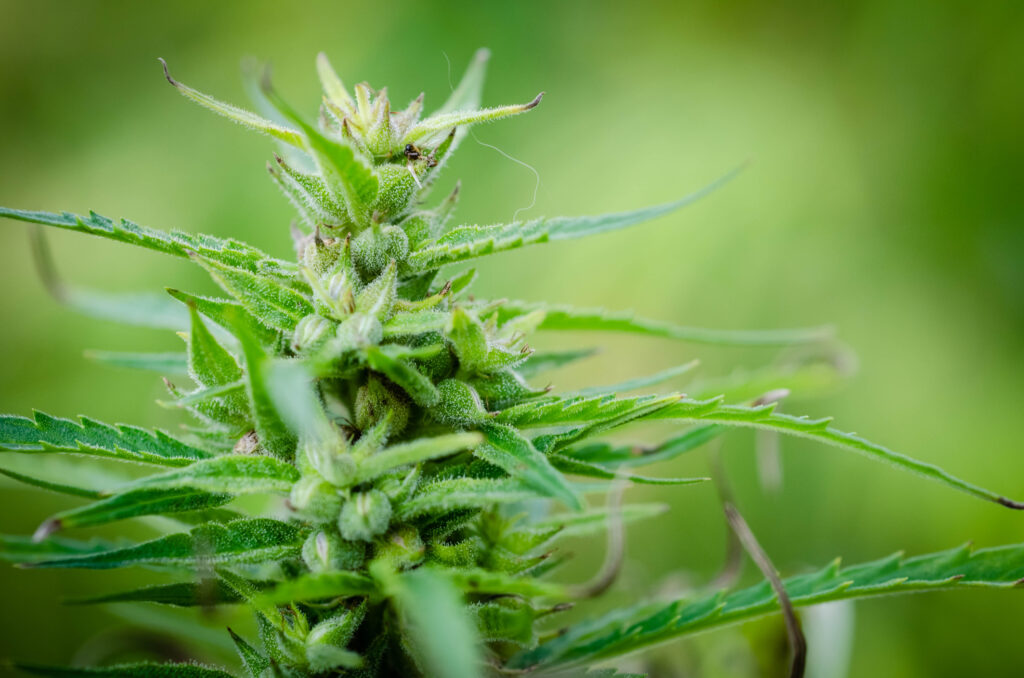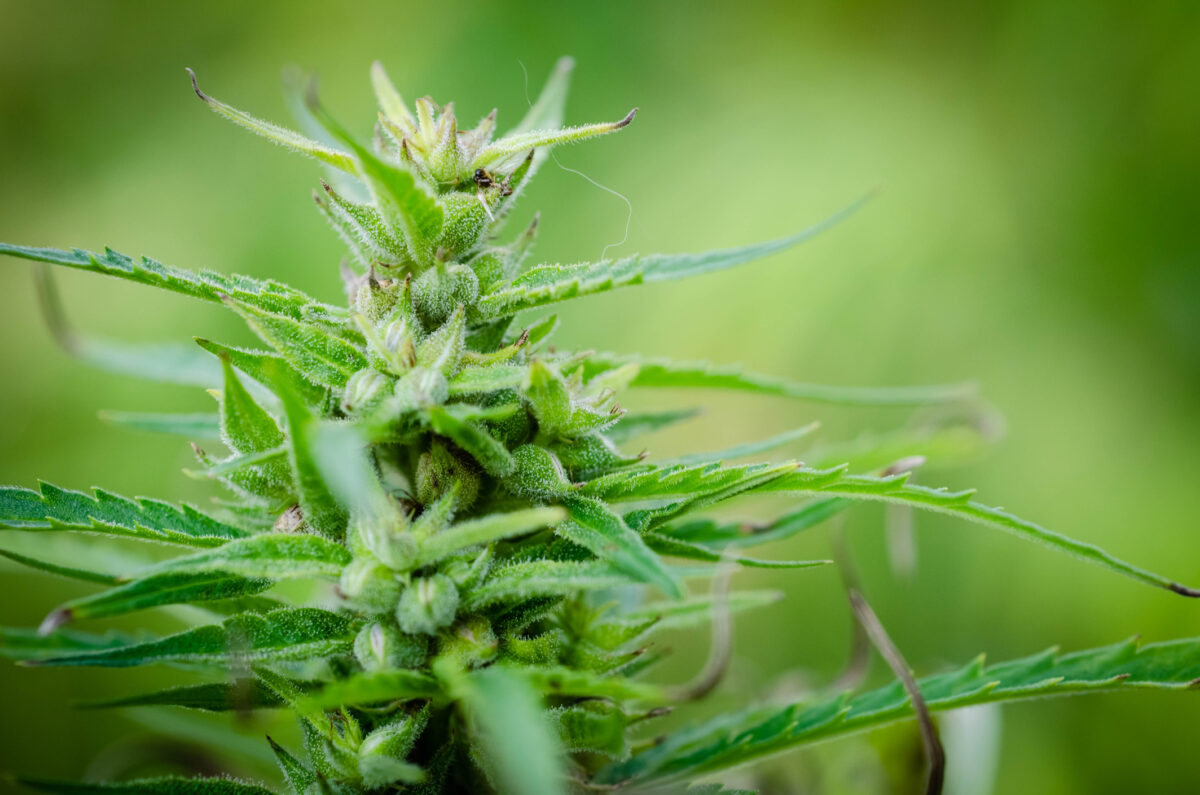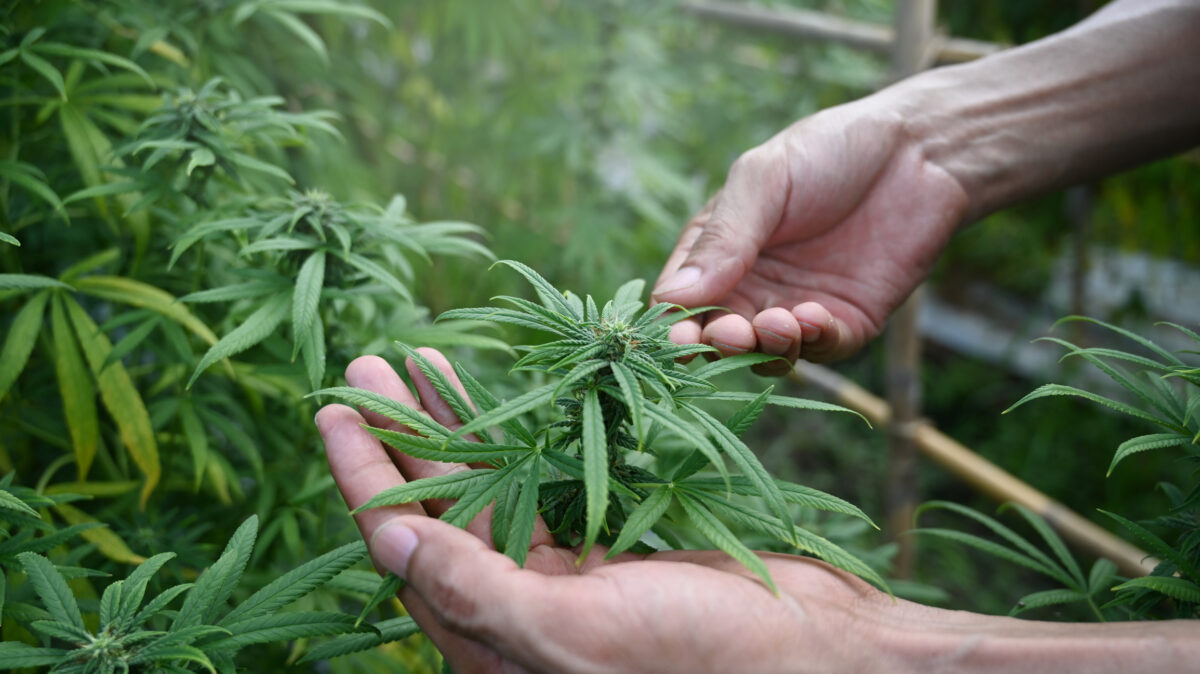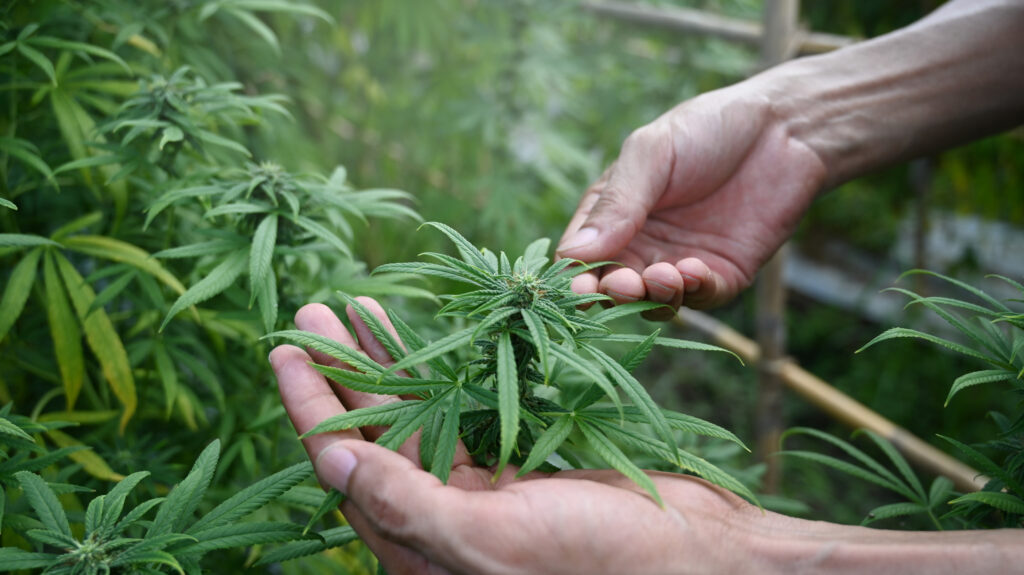Table of Contents
In the realm of cannabis, trichomes hold a special place of importance. These tiny, crystalline structures that adorn the surface of cannabis flowers are responsible for much more than just their sparkling appearance. In this article, we’ll delve into what trichomes are, their role in the cannabis plant, and why they are crucial when it comes to cannabis consumption.

What are Trichomes?
Trichomes are small, hair-like structures that develop on the surface of many plants, including cannabis. These microscopic outgrowths produce and store various compounds, including cannabinoids, terpenes, and flavonoids. In cannabis, trichomes appear as tiny, translucent glandular structures that give the plant a frosty or shimmering appearance.
Types of Trichomes: There are three primary types of trichomes found on cannabis plants, each with its unique characteristics and functions:
- Bulbous Trichomes: Bulbous trichomes are the smallest and most abundant type of trichomes found on cannabis plants. These spherical structures contain essential oils, including cannabinoids and terpenes, and are present throughout the entire lifecycle of the plant.
- Capitate Sessile Trichomes: Capitate sessile trichomes are slightly larger than bulbous trichomes and feature a stalk with a glandular head. These trichomes are responsible for producing the majority of the cannabinoids and terpenes found in cannabis flowers.
- Capitate-stalked Trichomes: Capitate-stalked trichomes are the largest and most visually striking type of trichomes found on cannabis plants. These structures feature a glandular head atop a stalk and are responsible for producing the highest concentrations of cannabinoids, including THC and CBD.
Why are Trichomes Important in Cannabis Consumption?
Trichomes play a crucial role in cannabis consumption and are considered a key indicator of a plant’s potency and quality. Here are several reasons why trichomes are essential when taking cannabis:
- Cannabinoid Production: Trichomes are the primary site of cannabinoid production in cannabis plants. These glandular structures synthesize and store cannabinoids such as THC (tetrahydrocannabinol), CBD (cannabidiol), and others responsible for the plant’s psychoactive and therapeutic effects.
- Terpene Production: Trichomes also produce and store terpenes, aromatic compounds that contribute to the aroma, flavor, and effects of cannabis strains. Terpenes interact synergistically with cannabinoids in what is known as the entourage effect, enhancing the overall therapeutic potential of the plant.
- Potency and Effects: The concentration and maturity of trichomes are directly correlated with the potency and effects of cannabis strains. Cannabis flowers with a high density of mature trichomes are typically more potent and exhibit a broader spectrum of effects, ranging from euphoria and relaxation to pain relief and sedation.
- Harvest Timing: Trichomes serve as a visual indicator of when cannabis plants are ready for harvest. As cannabis flowers mature, trichomes transition from clear to cloudy or amber-colored, signaling the optimal time for harvest. Harvesting at the right moment ensures that cannabinoids and terpenes are present in their most potent and flavorful form.
- Quality Assurance: The presence of abundant, intact trichomes is often considered a hallmark of high-quality cannabis. Trichome-rich flowers are prized for their potency, flavor, and overall therapeutic value, making them desirable among cannabis enthusiasts and connoisseurs.
Conclusion
Trichomes are small but mighty structures that play a pivotal role in the production, potency, and quality of cannabis flowers. These glandular structures are responsible for synthesizing and storing cannabinoids and terpenes, which are key contributors to the plant’s effects and therapeutic potential. By understanding the significance of trichomes in cannabis consumption, consumers can make informed choices when selecting strains and products that best suit their needs and preferences.


